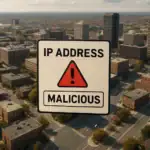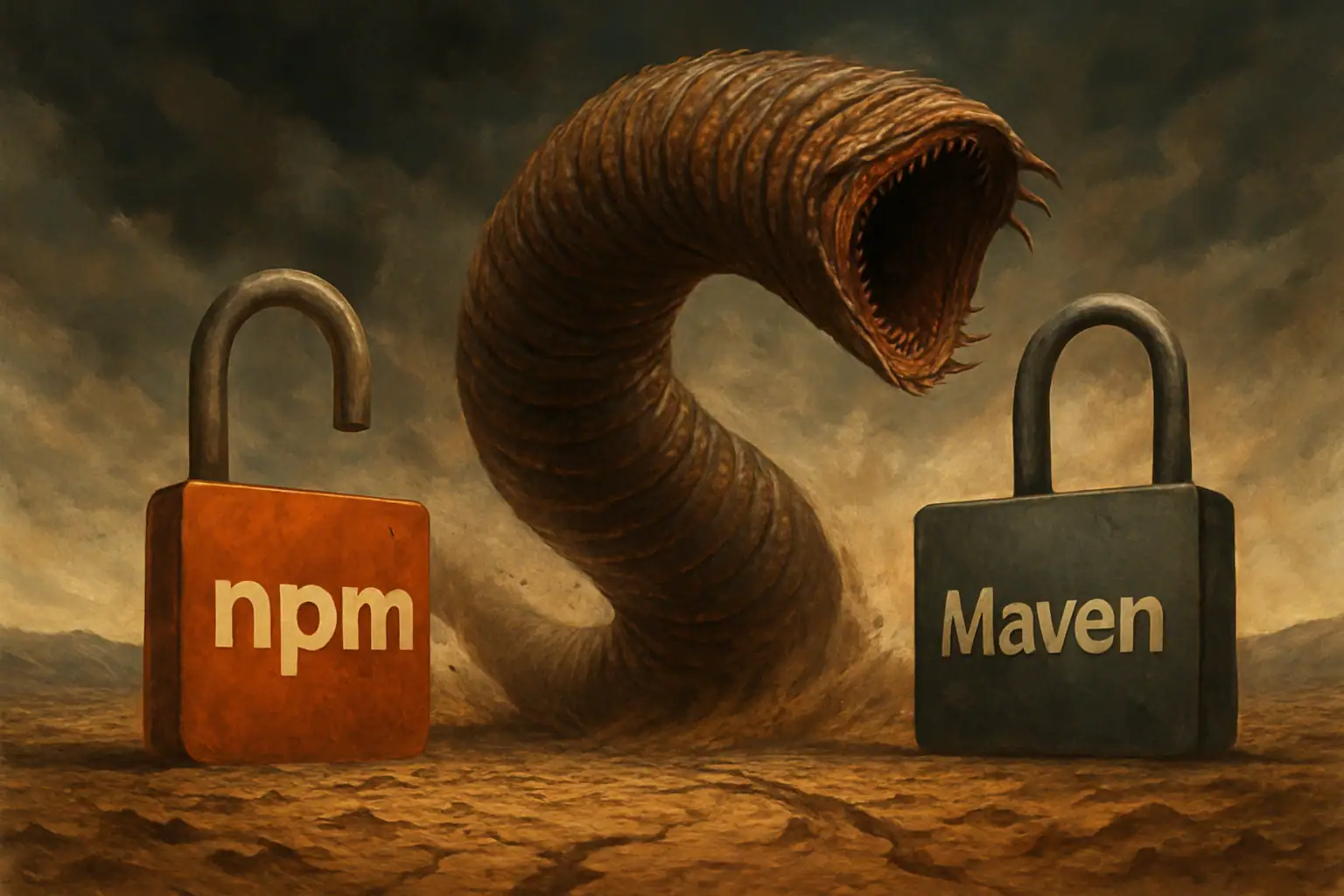Cybersecurity researchers at Prodaft have uncovered a significant emerging threat in the ransomware landscape: a sophisticated post-exploitation tool called Skitnet (alternatively known as Bossnet). First detected in April 2024, this malware has rapidly gained traction among cybercriminal groups, becoming a preferred weapon in their arsenal by early 2025.
Technical Analysis: Skitnet’s Advanced Architecture
Skitnet employs a multi-stage infection process that begins with a Rust-based loader, demonstrating sophisticated engineering in its design. This initial stage orchestrates the decryption and memory injection of a Nim-based binary payload, utilizing the ChaCha20 encryption algorithm. The malware establishes covert communication channels with its command and control (C2) infrastructure through DNS tunneling, making detection particularly challenging for traditional security solutions.
Operational Capabilities and Infrastructure
The malware’s architecture implements a three-threaded system that ensures robust operation:
– Thread 1 manages signal DNS queries
– Thread 2 conducts system monitoring and data collection
– Thread 3 processes encrypted C2 commands from DNS responses
This design enables operators to maintain persistent control while monitoring target systems through a sophisticated dashboard that tracks IP addresses, geolocation data, and system status in real-time.
Strategic Advantages for Threat Actors
Major ransomware groups, including BlackBasta and Cactus, have adopted Skitnet due to its operational efficiency and cost-effectiveness. The malware’s standardized implementation significantly reduces development overhead while streamlining attack deployment. Furthermore, its widespread adoption creates attribution challenges for security researchers, as multiple groups utilize the same toolset.
Enhanced Attack Capabilities
A particularly concerning feature is Skitnet’s integrated .NET loader, which enables fileless execution of PowerShell scripts directly in system memory. This capability allows attackers to customize their operations while evading detection by conventional security measures, as malicious activities leave minimal traces on disk.
In response to this evolving threat, security experts recommend implementing robust DNS traffic monitoring solutions and updating intrusion detection systems with the latest threat indicators. Organizations should also consider deploying advanced endpoint detection and response (EDR) solutions capable of identifying suspicious memory-resident activities. Prodaft has published comprehensive indicators of compromise on GitHub, providing security teams with essential tools for detecting and mitigating Skitnet infections.






